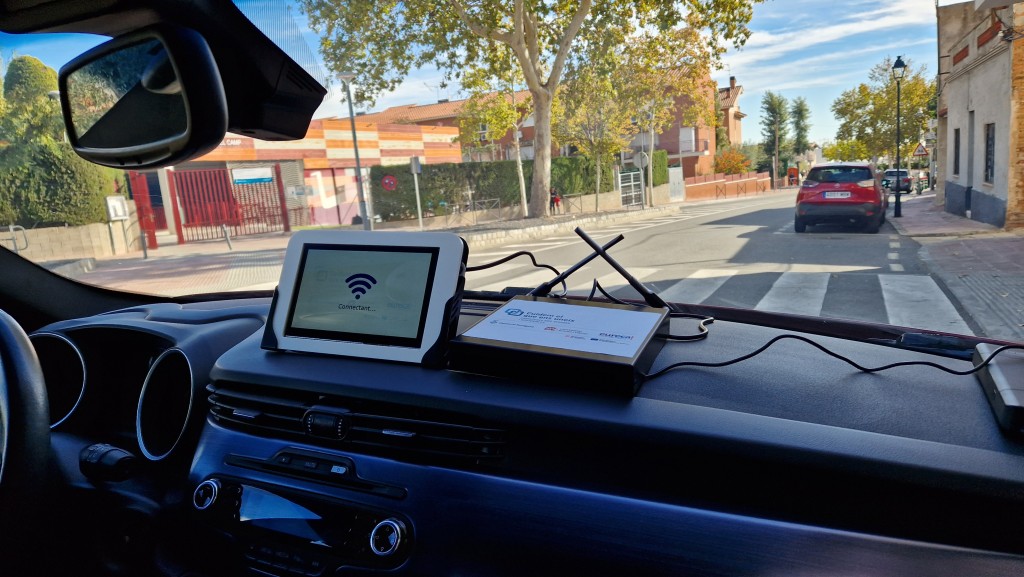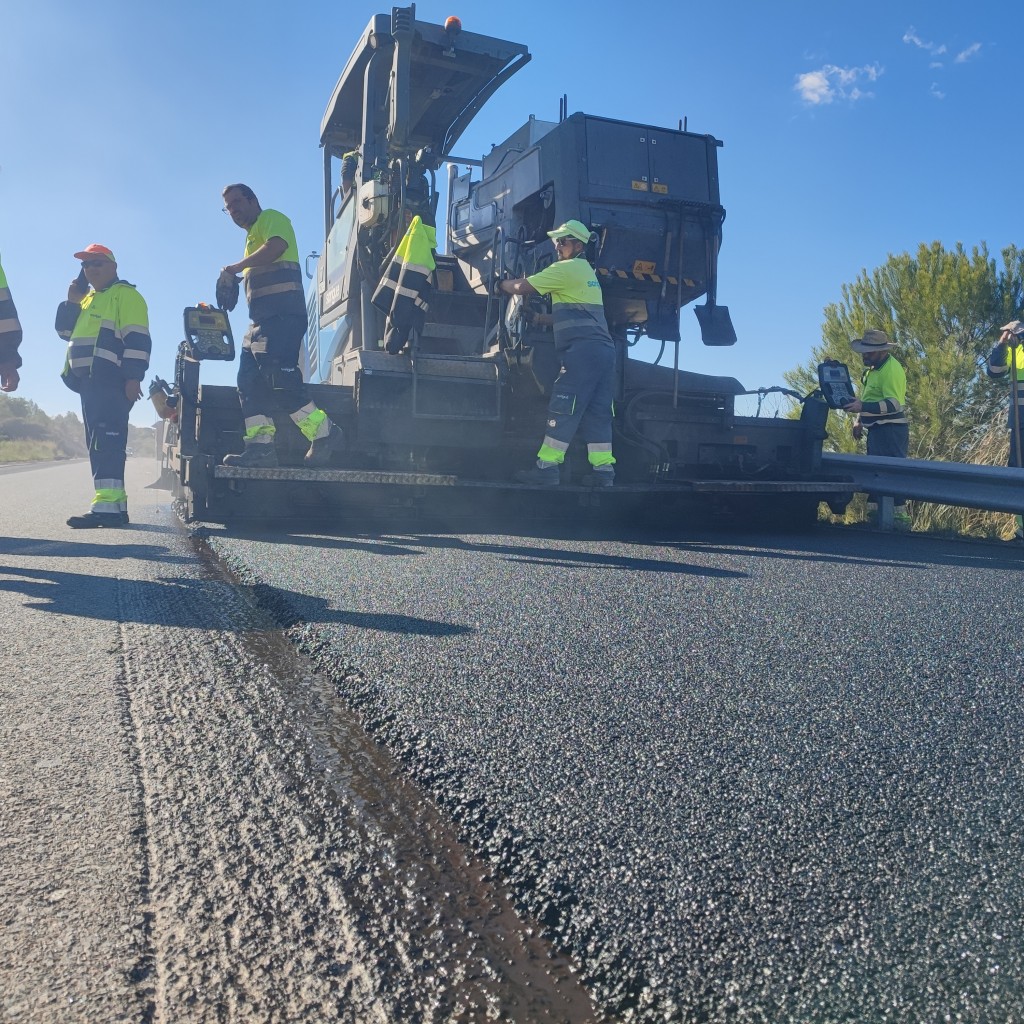30/04/2024
URV researchers participate in a project to make roads safer and more sustainable
The different actions have focused on applying advanced technologies to improve road safety and develop less polluting asphalt. The project is promoted by the Catalan Government and Tarragona Provincial Council

The different actions have focused on applying advanced technologies to improve road safety and develop less polluting asphalt. The project is promoted by the Catalan Government and Tarragona Provincial Council
Several researchers from different research areas of the Universitat Rovira i Virgili have participated in recent months in a project promoted by the Catalan Government and Tarragona Provincial Council called “Caring for what brings us together. Safer and more sustainable roads”, which aims to apply innovative technologies to improve the safety and sustainability of roads. In the different areas of the project, which is already in its final phase, URV researchers have successfully used new and advanced technologies to increase road safety and optimise information on everything that happens there, and also to develop a type of asphalt that is less polluting and more sustainable.
URV researchers have led two operations, the first being the sensory project, which aims to apply different technologies such as big data, artificial intelligence, sensors, etc., to roads to make them more intelligent and therefore safer and more sustainable. The second operation is the advanced materials project, which has researched the properties of different asphalt mixes.

The URV’s Intelligent Robotics and Vision group, coordinated by researcher Domènec Puig, has developed a web platform and a mobile application to detect and report in real time any incidents that may occur on roads, such as the state of the asphalt and the build-up of cars in specific areas. “This platform helps to improve infrastructure management and provides information that allows problems to be known in real time so that recommendations and predictions can be made. This is done using public information that is available on the internet and provided by roadside cameras and by citizens themselves through texts, images or videos,” said Puig.
The URV’s Nanolectronic and Photonic Systems group, led by researcher David Girbau, has assessed the feasibility of using the radars incorporated in vehicles to increase the detection of nearby objects and to communicate with external infrastructures, such as the access point to a natural park. Likewise, the Photonics Group, coordinated by Francesc Díaz, has developed range of sensors that can detect fog and ice, and others that can evaluate the reflectiveness of road signs, the grip and rolling resistance of asphalt compounds and the deterioration of the road surface, as well as a system that uses fibre optics and artificial intelligence to communicate a vehicle’s characteristics to infrastructure managers.
The CRISES research group, which focuses on computer security and privacy issues, has designed and validated a prototype to control the access of vehicles to low-emission zones (LEZs) and thus reduce environmental pollution and increase sustainability in urban mobility. Compared with current systems, the system they have developed is more respectful of LEZ users’ privacy because communication between their vehicles and the access infrastructure is anonymised “thanks to the specially designed communication protocol and the various cryptographic mechanisms used. Identification by means of photographs is only used as a last resort in instances where the new communication method has not been successful”, explained Jordi Castellà, one of the research leaders.
Decarbonisation and the circular economy
In terms of developing advanced materials, research groups from the Departments of Chemical Engineering and Physical and Inorganic Chemistry, with researchers such as Francesc Medina, Abel Toscano, Esther Torrens, Christophe Bengoa and Yolanda Cesteros, have worked on a range of projects including designing a new type of asphalt that uses ionic liquids to regenerate itself and thus repair cracks in the road; adding nanoparticles to asphalt in order to reduce pollution from cars; reducing the temperature at which asphalt can be worked by adding materials with water absorption and desorption properties, thus saving energy and reducing carbon dioxide; and replacing the petroleum-based materials used in asphalt, mainly bitumen, with organic waste such as the sludge generated by wastewater treatment plants, thus reducing the use of fossil fuels.

“These developments are intended to help to decarbonise the construction, maintenance and renovation of road networks and to give waste a new value, thus promoting the circular economy. Asphalt binders currently come from the distillation of petroleum, so it is important to obtain it from another, more environmentally sustainable raw material”, say those responsible for the project. Specifically, their new type of asphalt has recently been tested on a 400-metre stretch of road TP-2031 in the municipality of La Secuita, which forms part of the Provincial Council’s local road network and which has become a test bench with the collaboration of the Sorigué company.
In fact, the actions have already been fully validated and are considered ready to be launched onto the market for use in industry. Meanwhile, the researchers involved in this project continue to perfect the technologies developed.
The project “Caring for what brings us together. Safer and more sustainable roads” is one of several Territorial Competitiveness and Specialisation Projects, which in turn are part of the RIS3CAT and the Catalonia 2014-2020 FEDER Operational Programme, which is co-financed by the Catalan Government and Tarragona Provincial Council.
